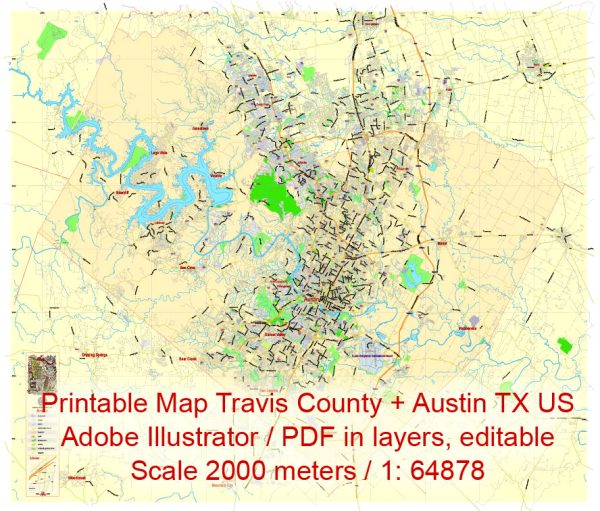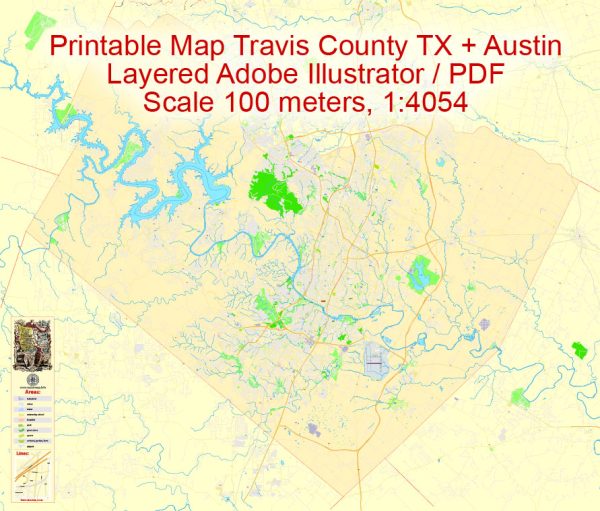Travis County, located in the central part of Texas and home to the capital city of Austin, has a history of urban development shaped by factors such as geography, economy, and cultural influences. Here’s an overview of the key phases in the urban development of Travis County:
Pre-European Settlement:
Before European settlement, the area that is now Travis County was inhabited by various Native American groups, including the Tonkawa and Comanche tribes. The land along the Colorado River provided sustenance for these communities.
Republic of Texas and Early Settlement:
In the 1830s, the area was part of the Republic of Texas. Permanent settlement began in the 1830s and 1840s, with pioneers attracted to the fertile land along the Colorado River. The establishment of the city of Austin as the capital of the Republic of Texas in 1839 marked a crucial moment in the region’s history.
Early Urbanization in Austin:
Austin’s early development was influenced by its role as the state capital. The construction of the Texas State Capitol, completed in 1888, and the University of Texas at Austin, founded in 1883, contributed to the city’s growth and urbanization.
Late 19th to Early 20th Century:
The late 19th century saw the expansion of transportation networks, including the arrival of railroads, which facilitated economic development. The city’s population grew steadily, and neighborhoods expanded. The development of industries such as agriculture, government, and education played a significant role in shaping the urban landscape.
Mid-20th Century:
Post-World War II, Austin experienced significant population growth and economic diversification. The city became a center for government, education, and technology. The establishment of the Austin-Bergstrom International Airport in 1999 further connected the region to national and international markets.
Technological and Cultural Hub:
In recent decades, Austin has become known as a technological and cultural hub. The city’s “Silicon Hills” nickname reflects its role in the technology sector, with the presence of major companies and a thriving startup scene. Austin’s reputation as the “Live Music Capital of the World” is reinforced by its vibrant music and arts scene.
Urban Expansion and Challenges:
Austin has faced challenges associated with rapid growth, including issues related to transportation, housing affordability, and urban sprawl. Efforts have been made to balance development with environmental preservation, and the city has focused on sustainable practices and green initiatives.
Contemporary Urban Development:
Austin’s skyline has transformed with the construction of modern high-rise buildings, reflecting the city’s economic prosperity and growth. The development of mixed-use neighborhoods, such as The Domain, exemplifies efforts to create walkable, vibrant communities.
Cultural Districts and Parks:
The city has invested in cultural districts and public spaces, such as the SoCo (South Congress) and Rainey Street districts, offering a mix of entertainment, dining, and cultural experiences. Zilker Park, situated along the Colorado River, is a central recreational space hosting events like the Austin City Limits Music Festival.
Travis County’s history of urban development, particularly in Austin, reflects a dynamic evolution from a governmental and educational center to a diverse and innovative city with a strong emphasis on technology, culture, and sustainability.



 Author: Kirill Shrayber, Ph.D.
Author: Kirill Shrayber, Ph.D.